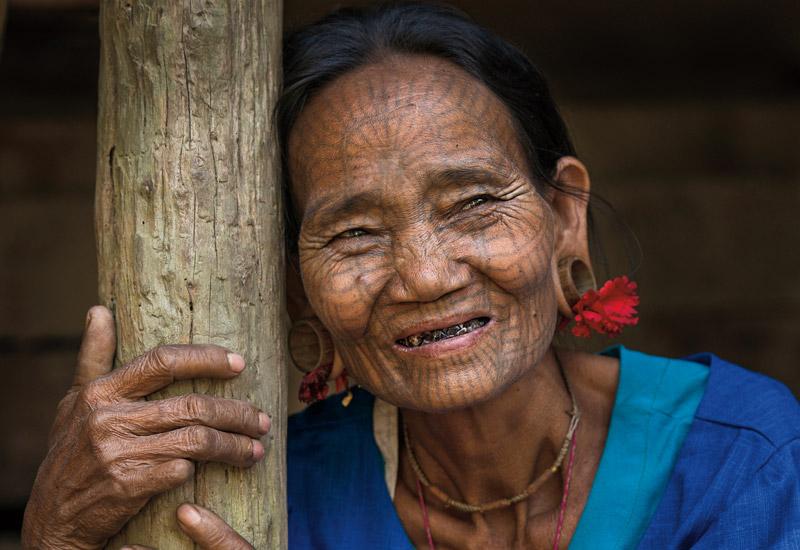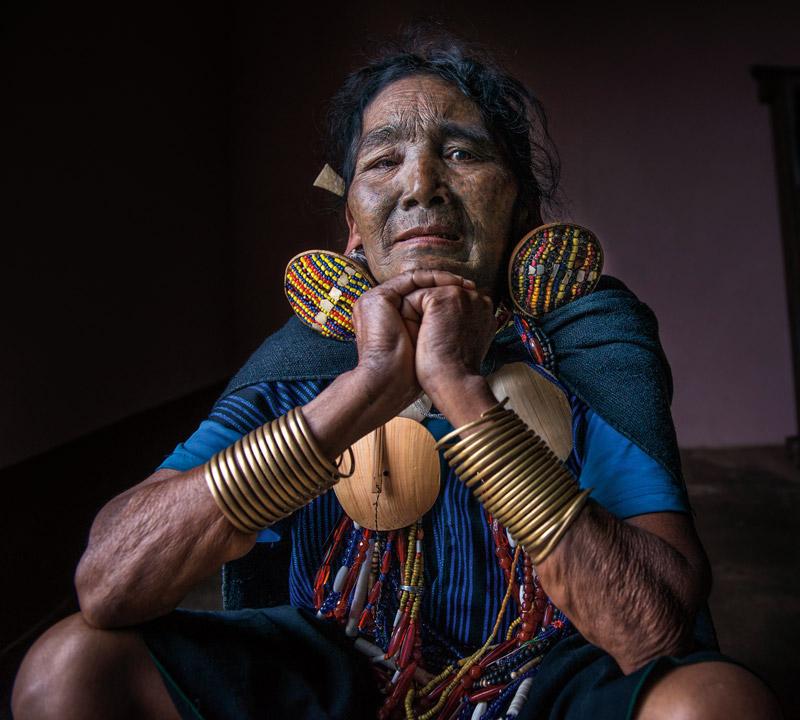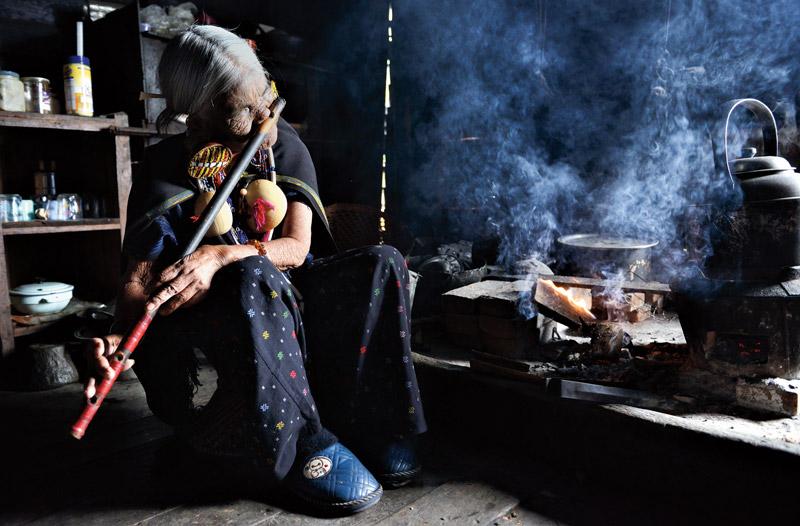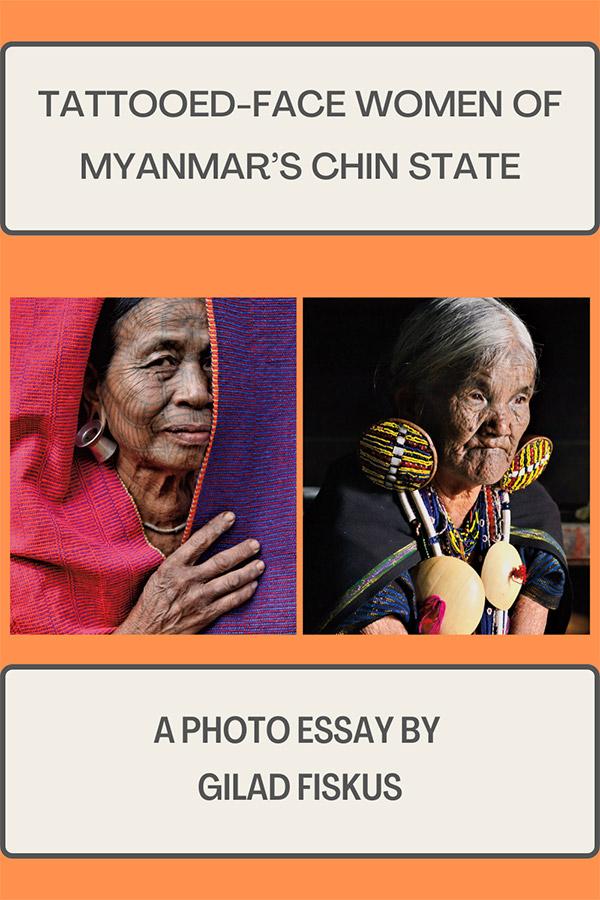
By Gilad Fiskus, Tel Aviv, Israel
Gilad was born in Montréal, Canada in 1965 and has been living in Israel since his early childhood. In 1989 he graduated with honours from the Dentistry School at the Hebrew University of Jerusalem.

He currently practices dental aesthetics from his office near Tel Aviv. As a photographer, his artistic work concentrates primarily around unique human cultures. Being an autodidact photographer, he is passionate about capturing cultural ceremonies, people in traditional dress, and rituals. Over the years his photos have been displayed in more than 100 exhibitions around the globe. Gilad travels once or twice a year in search of unexplored and authentic destinations, filling his soul with new experiences and creative photography.
His photography is showcased at www.fiskus-photos.com
As a cultural photographer, I am fascinated over and over by exotic and colourful tribes. I recently debated where to travel next. There are so many exciting destinations to photograph, yet I have limited time and money to spend on my travels. However, once I laid eyes on photos of the tattooed-face tribes of Myanmar’s Chin State, I knew that it must be my destination for 2018.
Once I arrived amidst the Chin people, I was captivated. The overwhelming welcome by the enchanting people, the untrammelled photographic opportunities and the diversity of photo shots, made my journey so exceptional and unforgettable.

I love the tattooed women’s portraits and the proud hunting tradition of their husbands. I adore the joyful kids looking so lively with the yellowish-white cosmetic thanaka paste (made from ground bark) smeared over their faces. It was delighful to watch the boys playing their local version of sepak takraw, a popular ball game in Myanmar and other countries in the region including Thailand, Malaysia, India and Indonesia. The game is somewhat of a fusion between football and volleyball, and so much fun to watch.
During my stay in Chin State, I attended a unique ceremony related to mourning rituals. While having lunch at a local restaurant, sudden gunshots startled me. It turned out that one of the elders in the village had passed away, and people came from all over the state to pay their last respects.

I was invited into the local bar where the ceremony took place. The gathering seemed more like a party than a mourning ritual. For the next three days, locals were dancing, singing and playing happy tunes on their ethnic musical instruments – all blended with homemade alcohol and frequent blank gunshots fired into the air.
Traditionally, the practice of tattooing Chin State women’s faces was intended to protect them. Known for their beauty, the women were prone to being kidnapped by the soldiers of the Burmese kings. Tattooing their faces was an attempt to disfigure their femininity. Their “ugliness” over time turned into an expression of “beauty”, which became a unique element of their culture.

Six tattooed-face tribes still exist in Chin State. Each is unique in their own style of tattoos. The M’uun tribe has large emphasized D and P shaped symbols. The M’kaan women have lined tattoos on their foreheads and chins. Dai and Yin Du tribes have long vertical lines shaped like cobwebs. The Nga Yau tribe women combine dots and stripes, while the Uppriv have their entire faces covered with dots, giving them an ashen look. The diversity in tattoo designs is indicative of their effort to differentiate between tribes, perhaps to prevent bride-kidnapping among the tribes.
However, this unique tradition has been outlawed for over 50 years, particularly to prevent infections due to inadequate sanitary conditions. In the past, infections caused death in some cases. Nevertheless, despite the ban, tattooed women in their thirties and forties can still be found in the remote areas of Chin State.









☛ Read more: Posts of Myanmar


